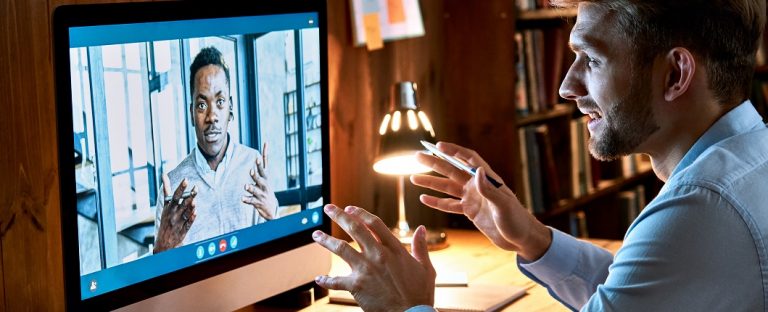It’s been nearly three years since we converted our couches, kitchen tables and bedrooms into our work from home offices – but WFH habits risk ageing our bodies and brains even as many people return to work or follow a hybrid model.
While we still don’t know much about the long-term implications of remote work, researchers agree that working outside of a traditional office setting can negatively impact our brains and our bodies with everything from eye strain and back pain to brain fog.
This is becoming more evident even though there were pre-pandemic issues with people spending too much time sitting at the office.
If you’ve been working remotely for sometime now, you may have already noticed the physical impact on your body. It may have aged years from abruptly making workspaces at home that perpetuated postural strain and mechanical stress.
Essentially, people crammed themselves into whatever workspaces were available instead of creating a workspace for their body.
But it’s not just our bodies that are hurting.
In a 2020 Microsoft study, researchers found that “remote collaboration is more mentally challenging than in-person collaboration,” but not necessarily in a good way.
The study found that “brainwave patterns associated with stress and overwork were much higher when collaborating remotely than in-person.”
In everyday situations, our brains rely on inputs such as body language and items within our peripheral vision to gather information about situations and people. When that scope of input is limited to say small rectangles displaying just people’s faces, those inputs are removed causing our brains to go into overdrive.
To counter video call fatigue and reduce eye strain, experts recommend breaks between meetings.
According to the basic rest-activity cycle (also known as BRAC), humans are optimised to pay attention for about 45 minutes, but at 90 minutes, our cognition drops significantly.
If people needed further reminders to take a break, preferably outside of the office, they could use a mindfulness app or simply schedule an alarm on their phones.
And to reduce physical injuries we will need to do more than sit up straight. It takes a lot of effort to do so, and we often lose task focus while doing this and fall right back into poor posture when a task requires our utmost attention.
To combat injuries, sitting on a chair or cushion that supports sitting on your sit bones, thereby creating an ergonomic workspace that fits your body, personality, and preferences.
People should also considering a sit-to-stand desk and elevating their computer monitors so that it is four to five inches above your eyes. Additionally, strengthening your core and postural muscles and stretching your neck, chest, hamstrings, and hip flexors can reduce injury as well.
Movement breaks and proper posture are especially important to prevent common orthopaedic issues, such as neck pain, low-back pain, shoulder and hip impingement, tension-related body aches, and joint and body stiffness.
Linda Trim is the Director at Giant Leap.

























